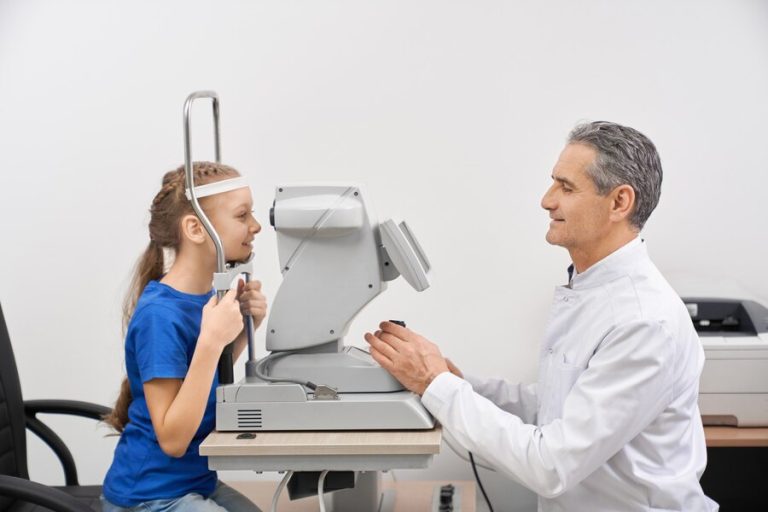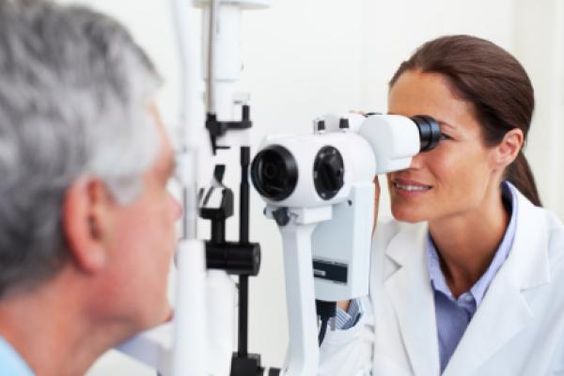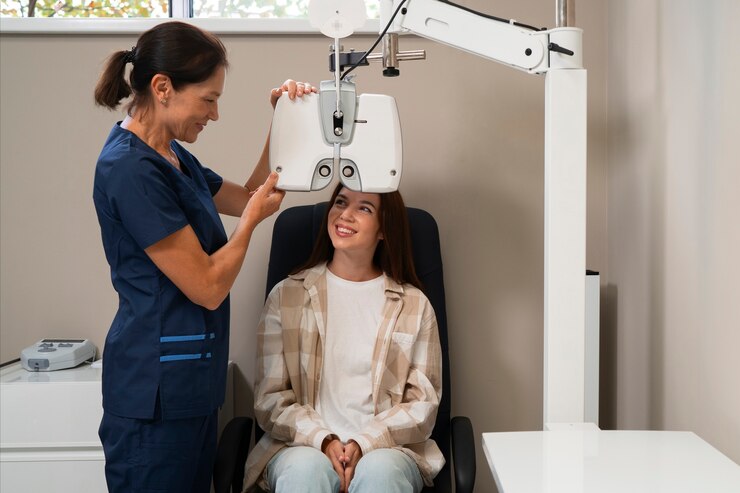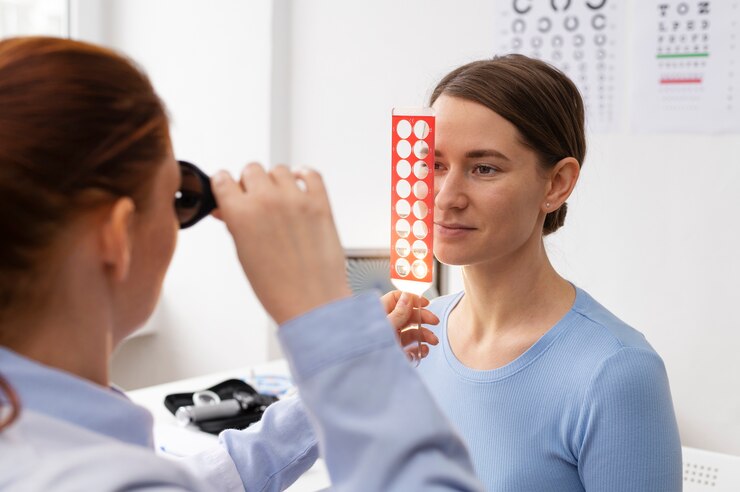Pediatric Eye Examinations: Special Considerations And Best Practices
Pediatric eye examinations play a crucial role in ensuring optimal vision and eye health for children. Unlike adults, children’s visual systems are still developing, making early detection and intervention of eye conditions imperative. In this article, we explore the special considerations and best practices for conducting pediatric eye examinations, highlighting the importance of early intervention and comprehensive assessment in promoting lifelong eye health.
Understanding Pediatric Eye Health
Pediatric eye health encompasses a wide range of conditions, including refractive errors, amblyopia (lazy eye), strabismus (misalignment of the eyes), congenital anomalies, and ocular diseases. Identifying and addressing these issues early is essential for preventing long-term visual impairment and maximizing visual potential.
Special Considerations for Pediatric Eye Examinations
- Age-Appropriate Techniques:
Pediatric eye examinations require age-appropriate techniques and approaches to engage and assess children effectively. Visual acuity testing may involve picture charts or specialized optotypes suitable for young children who may not yet know letters or numbers. - Patience and Flexibility:
Pediatric eye exams require patience and flexibility to accommodate the unique needs and behaviors of children. The examiner must establish rapport, create a comfortable environment, and adapt the examination process based on the child’s age, developmental stage, and temperament. - Parental Involvement:
Involving parents or caregivers in the examination process is essential for obtaining relevant medical history, addressing concerns, and gaining cooperation from the child. Parents can provide valuable insights into the child’s visual habits, developmental milestones, and any family history of eye conditions. - Assessment of Binocular Vision:
Evaluating binocular vision and eye alignment is critical in pediatric eye examinations, as abnormalities such as strabismus or amblyopia may require early intervention to prevent permanent vision loss. Cover testing, ocular motility assessment, and stereopsis testing are among the techniques used to assess binocular vision. - Cycloplegic Refraction:
Cycloplegic refraction, which involves temporarily paralyzing the eye’s focusing muscles with eye drops, is often performed in pediatric eye examinations to obtain accurate measurements of refractive error. This is particularly important in children with high refractive errors or risk factors for amblyopia.
Best Practices for Pediatric Eye Examinations
- Comprehensive Evaluation:
A comprehensive pediatric eye examination should include an assessment of visual acuity, refractive error, binocular vision, eye alignment, ocular health, and visual development. Specialized tests, such as cycloplegic refraction or retinoscopy, may be performed as needed based on the child’s age and clinical findings. - Early Intervention:
Early detection and intervention of eye conditions are crucial for maximizing visual outcomes and preventing irreversible vision loss. Pediatric eye examinations allow for timely identification of refractive errors, amblyopia, strabismus, and other ocular abnormalities, enabling prompt initiation of appropriate treatment or management strategies. - Education and Counseling:
Pediatric eye examinations provide an opportunity for education and counseling regarding proper eye care, visual hygiene, and the importance of regular follow-up visits. Parents should be informed about the signs and symptoms of eye problems, the significance of early intervention, and strategies to promote visual development in children. - Multidisciplinary Collaboration:
Collaboration with other healthcare professionals, such as pediatricians, school nurses, and pediatric specialists, is essential for comprehensive eye care in children. Interdisciplinary communication and referral pathways facilitate timely detection, diagnosis, and management of systemic conditions with ocular manifestations.
Conclusion
Pediatric eye examinations are critical for identifying and addressing vision problems and eye conditions in children. By implementing special considerations and best practices tailored to the unique needs of pediatric patients, eye care professionals can ensure early detection, intervention, and management of ocular abnormalities, ultimately promoting lifelong eye health and visual well-being in children. Through collaboration, education, and proactive intervention, we can empower children to achieve their full visual potential and thrive in their personal, academic, and social pursuits.
For any further queries, Plz visit drvivekgarg. in








